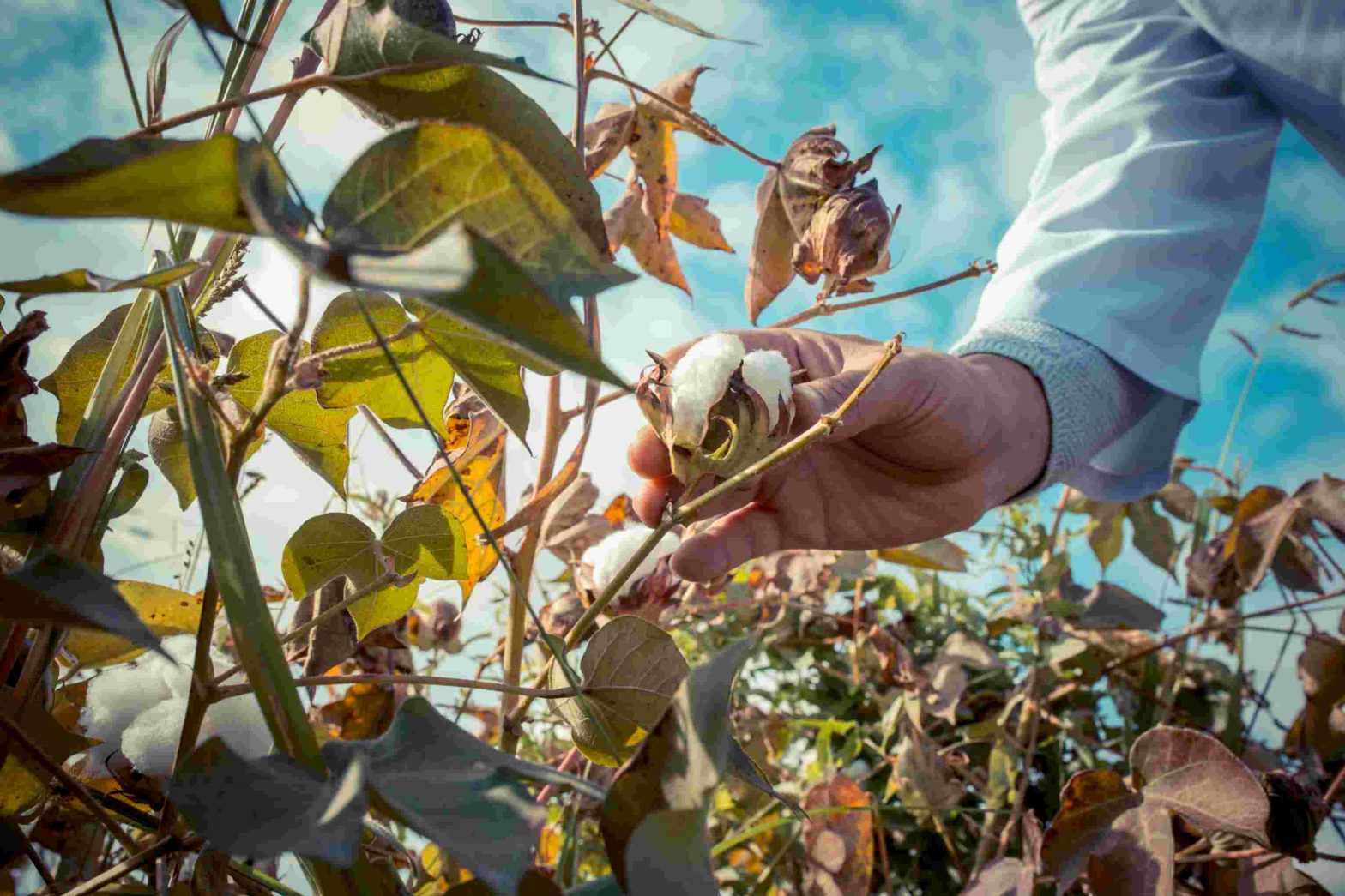India has been one of the world’s largest cotton producers for many years. However, this year, it saw a sharp decline in cotton production, plunging to a 15-year low. Cotton Corporation of India (CCI), which had estimated cotton production to reach 360 lakh bales in 2022-23 has significantly reduced the number to merely 294.10 lakh bales of 170 kilograms each for 2023-24.
Atul Ganatra, the president of the Cotton Association of India said that a combination of factors including outdated technology in BT cotton seeds, unpredictable weather patterns, and increased pest and disease incidence are the primary contributors leading to the unprecedented decline. The sudden drop in production raises concerns not only for the government but also affects the livelihoods of farmers, and the industries that rely on cotton.
Problems faced by Indian farmers leading to decline
1. Outdated Technology:
Farmers are dependent on outdated BT cotton seeds today. While these seeds showed better results than naturally grown seeds initially, their efficacy has decreased over time due to evolving pests and plant diseases. Modernizing seed technology is the need of the hour to enhance resistance and overall crop health.
2. Changing Weather Patterns:
Changing weather patterns have become another recurring challenge for Indian farmers. Untimely droughts, excessive rainfall, and fluctuations in temperatures disrupt the balanced climatic conditions required for healthy cotton cultivation, making it necessary to shift to advanced farming practices to minimize the impact of such erratic weather conditions.
3. Pest and Disease Incidence:
The sharp rise in pest and disease incidence has become a significant threat to cotton production. The main reason is the use of outdated and ineffective pesticides leading to crop losses. Farmers need to use a comprehensive approach to tackle this issue. Adopting Integrated Pest Management (IPM) can be one solution.
4. Poor Quality Pesticide
One major factor affecting cotton production is the usage of poor-quality pesticides. Farmers often buy low-quality pesticides unaware of the long-term consequences on crop health and yield leading to a decline in their yield. The government needs to ensure that only good-quality pesticides are supplied to the market.
The Way Forward – A Call for Modern Solutions
To revamp India’s cotton production, there is an urgent need for a paradigm shift in agricultural practices. Farmers need to shift to modern technologies. It can be done by adapting genetically modified seeds with better efficacy, climate-resilient crop varieties, and, most importantly, high-quality agrochemicals.
In the pursuit of modern solutions for sustainable cotton farming, AgFarm emerges as a key player.
AgFarm is a leading agrochemical company based in Dubai that offers a range of world-class products, including insecticides, herbicides, fungicides, and plant growth regulators. By investing in research and development, AgFarm ensures that its products are at the forefront of innovation, providing the farmer community with modern solutions to combat the challenges faced in cotton cultivation.
In addition, a collaborative effort from farmers, policymakers, and agrochemical companies is required to help the Indian cotton sector regain its strength and contribute substantially to the nation’s agricultural prosperity.


